This year, Kawasaki introduced a complete spatial coordinate system with the Razer lineup, and having previously used the Razer Z, I can honestly say it has the best materials among the three, ranking half a notch above the X and Y models. However, I felt that the stiffness of the Z could be improved, so I decided to acquire the remaining two models. Let’s start with the Y, which has been getting some attention.

Parameters: 4U G5, with a base, total weight 93.0g, balance point 295mm, shaft made from 40T material, shaft length 215mm, moderate stiffness, wind-breaking frame, 76-hole string bed, 9-3 string grooves, warranty up to 30 lbs, strung at 25-27 lbs with KT66F.
Kawasaki chose to stand out visually by stacking materials. The overall deep blue color features extensive water transfer decals, with snake scales at the 4 and 8 o’clock positions and a design on the cone cap that resembles last year’s Razer model. Compared to the more luxurious Razer Z, the color choice makes the Y appear more three-dimensional and less flat.
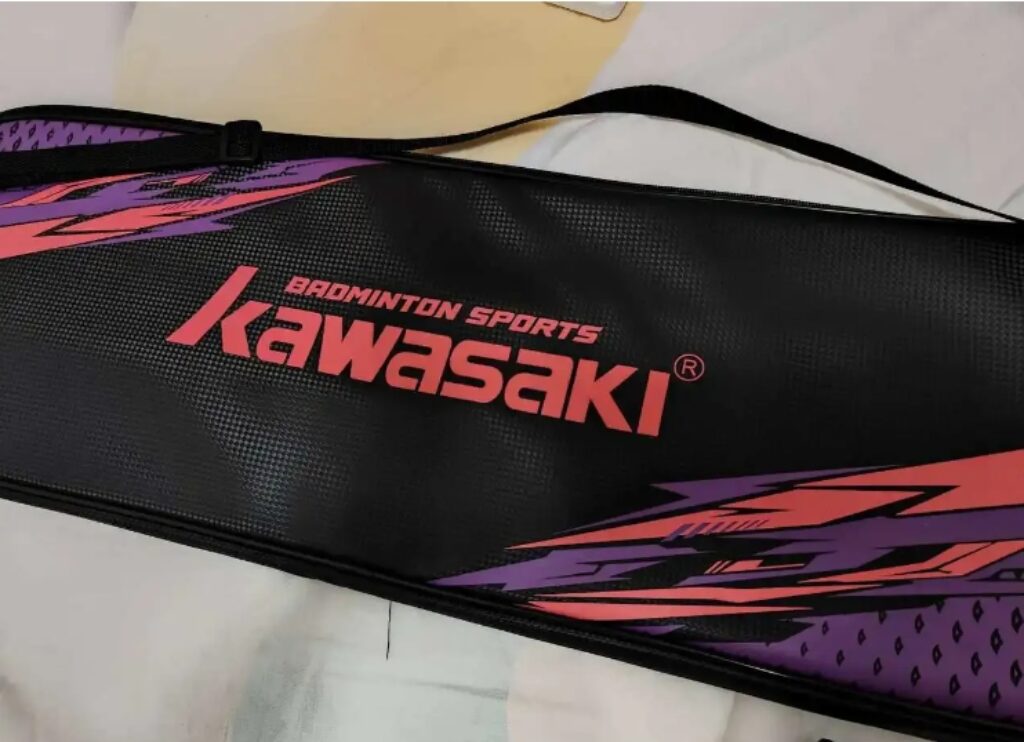
Additionally, Kawasaki’s square racket cover is always a classic.
The balance point of this racket is not high, and the grip feels standard. There’s nothing particularly noteworthy about the feel. The new Razer certainly feels quick; the 4U wind-breaking frame combined with a moderate head-heavy design gives a sharp sensation while swinging. If it didn’t have other specifications, it would obviously be better suited for doubles play, but the light feel raises concerns about its stability and solidity.
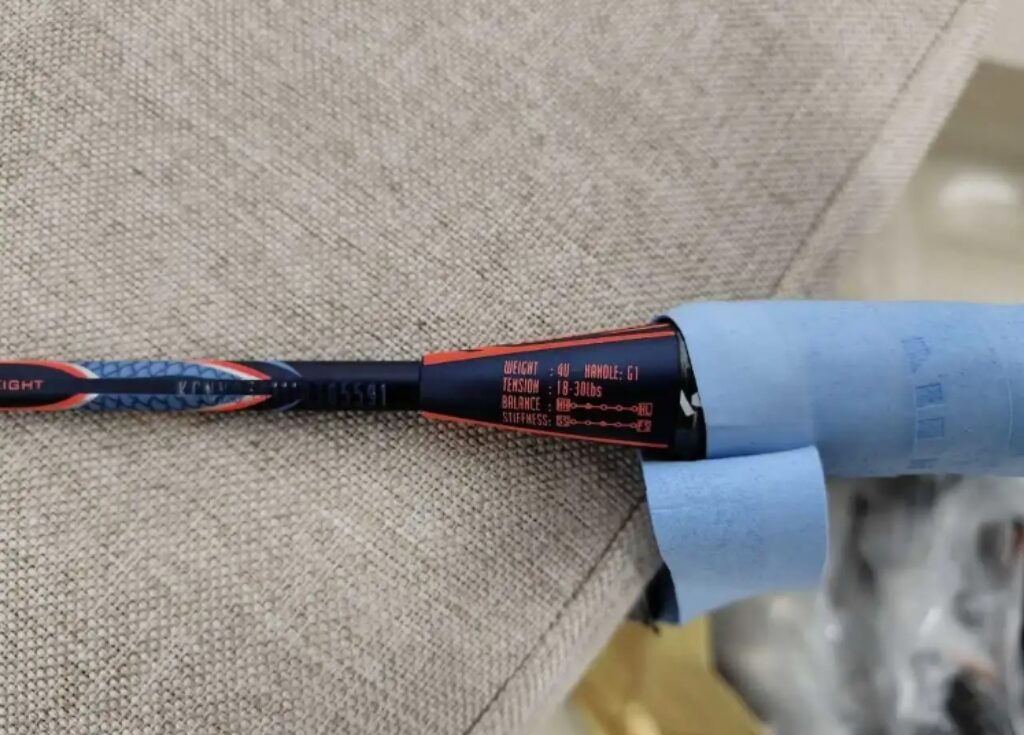
The large frame offers a high margin for error, but it lacks a strong sense of cohesion; while the shaft has decent elasticity, it seems to have a bit of its own character. It responds better when you apply some power; if your swing is too casual, the feedback from the Razer Y feels rather insubstantial. The shaft deforms easily, and it allows for quick swings, making it user-friendly.
However, as I continued playing, I started to feel something was off. The Razer Y has good materials and can generate considerable speed when hitting high clears. Yet, the lack of head weight exacerbates its torsional stability issues, leading to dispersed shot placements. With the same power, my shots often seemed to fluctuate between being short and going out. Was it my touch or lack of skill? Maybe, but unfortunately, it reminded me of the Blue Factory’s SNP in terms of consistency.
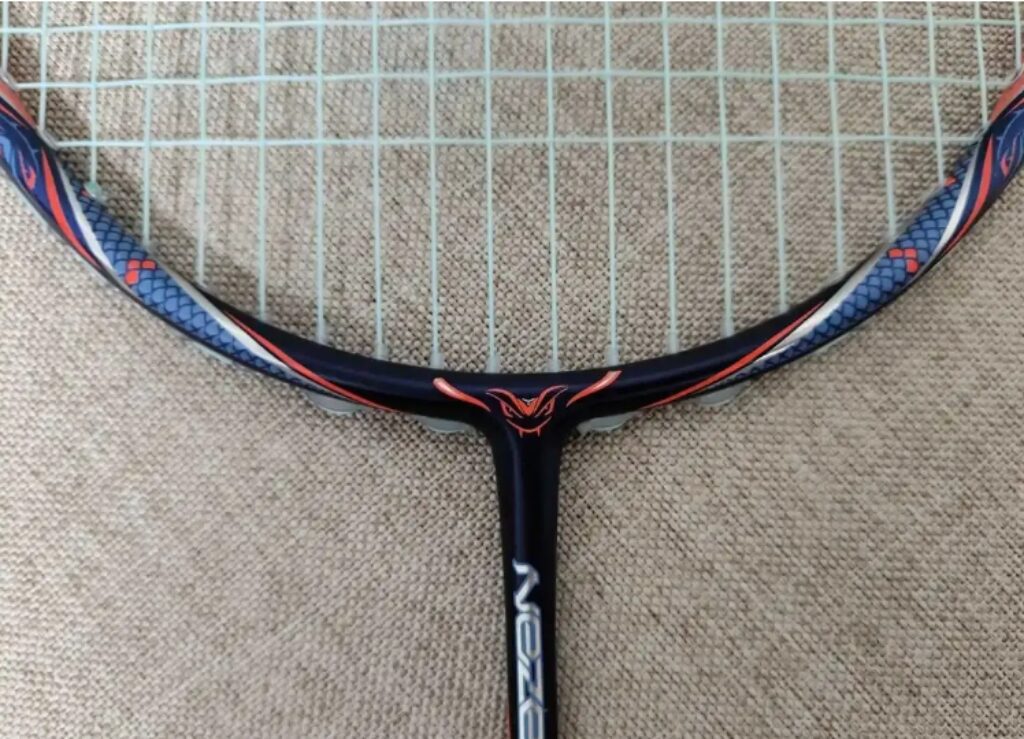
So, I tried to shorten my shots and focus on downward trajectories, but the downward pressure of the Razer was somewhat lacking. I attempted an outrageous smash from the forehand, but I misjudged the contact point, resulting in a high shot that barely cleared the net and ended up at the neighboring court’s sideline. Still, the Razer does deliver power; smashes produce a satisfying sound and impressive speed, reminiscent of a certain model from Brand B. However, at my current level, achieving a shot that combines power and precision with the Razer Y is not easy.
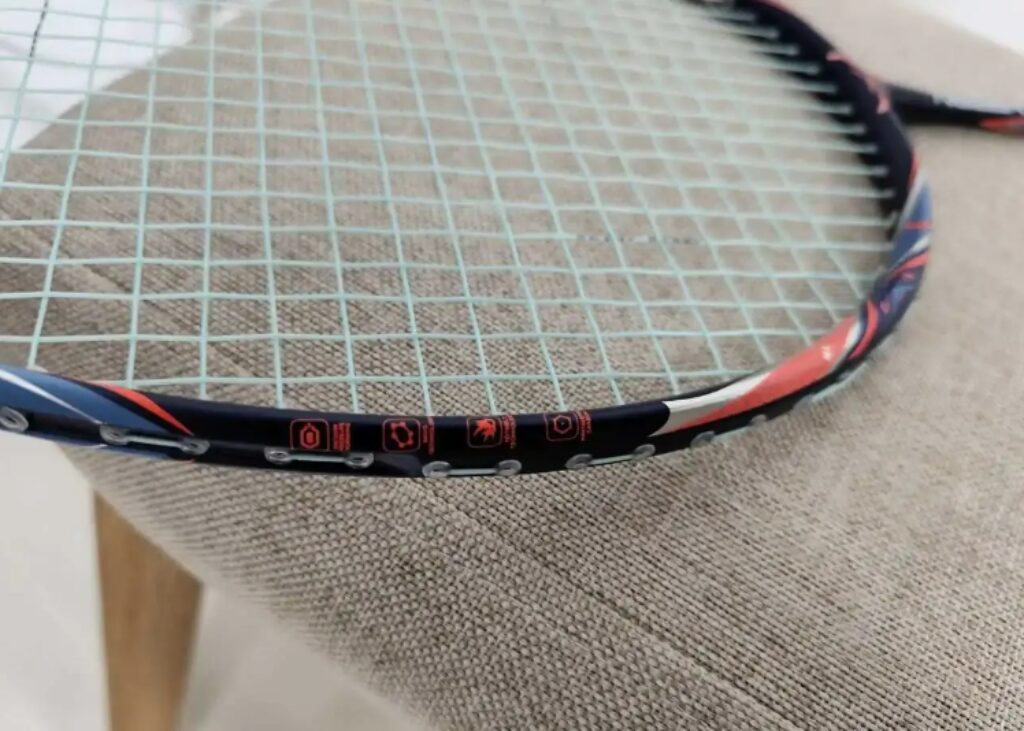
Despite feeling off at times, its performance in defense against smashes and handling passive shots is solid, showcasing a user-friendly aspect. Moreover, its performance in flat exchanges is quite good, offering quick, seamless strokes. If I didn’t glance at the balance point on the cone cap, I wouldn’t expect this to be a head-heavy racket.
Ultimately, I still couldn’t pinpoint what felt wrong. The interaction between me and the Razer Y felt lacking. From a price perspective, it’s worth considering, but it definitely won’t be a top recommendation for Kawasaki products from me this year.
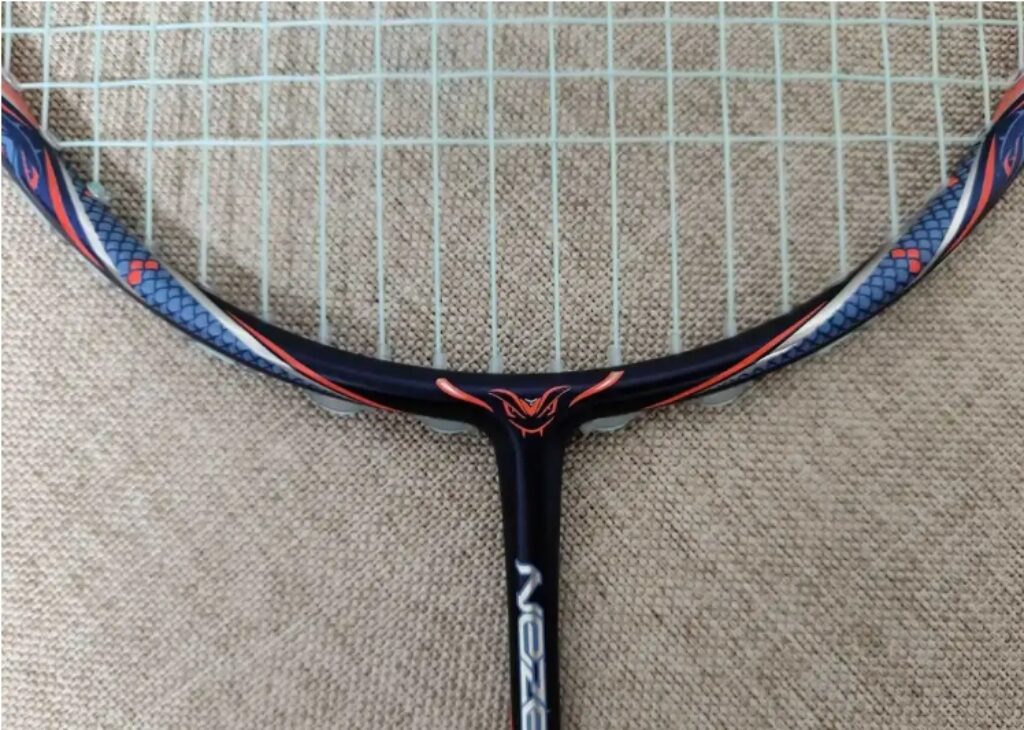

Leave a Reply